Â
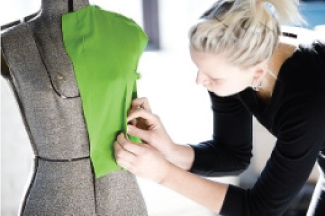
 Fashion Career Scope
Job market for design students in apparel
industry
(Author: Paramita Mazumder)
Â
There are few myths in India that Career in fashion is only for rich people. How many times have u felt like joining a fashion institute or showed interest in designing clothes, but was held back thinking you won’t be able to launch your own Designer label or boutique? The reality is still many of us are not aware there are many job opportunities in the Fashion Industry and the designers are highly paid. The reason is very obvious the media usually covers Fashion Designers with their designer labels, mostly showcased in Fashion shows. But the reality is away from the lime light there are a huge number of Fashion Designing students working in the apparel industry in different department holding responsible posts. This article gives a clear idea about the Fashion job market and basic organizational structure of fashion and scope of job opportunities in the Apparel industry.
Â
FASHION JOB MARKET
The prime objectives of most of the reputed Fashion Institute has been to spawn a critical mass of highly competent technical professionals in the area of Fashion Design, Technology and Management capable of providing leadership to the Indian Fashion industry, to enable it to compete better in the global economy. Today the fashion and apparel industry has expanded far beyond one can think. In today’s highly competitive world, the apparel industry has taken an effort to see that each department is run effectively, thus the requirement for expert professional for each department has increased.
Â
BASIC ORGANIZATION OF APPAREL INDUSTRY
The functioning of any big brand or company can be categorised in the following way:-
Â
1. Fashion Research and Analysis: – The apparel industry has a strong need of experts in fashion research and forecasting for every merchandise category. Every designer, merchandiser, Market research consultants are actively involved with fashion research before work on each line or collection begins.
Â
2. Design and Product Development: – Design has been continuously evolving and conditioned by the countries socio-cultural and economic environment. The design or product development department plans creates new styles within the company’s image or identity.
Â
3. Production: – Many companies own their own production unit, but sometimes work is done from outside and some companies goes for offshore production. The team working in the production department is responsible for overseeing the production of the product in the most efficient way.
Â
4. Sales: – The sales staff is responsible for promoting the line to the buyers. Promotional effort can take the form of publicity, advertising and other aids that manufacturers make available to retailers who buy their products. Sales promotion is adjusted globally to suit local habits.
So it will be clear to you, that all these departments require a team of dedicated of professionals, working globally and contributing for the growth and development of the apparel industry.
Â
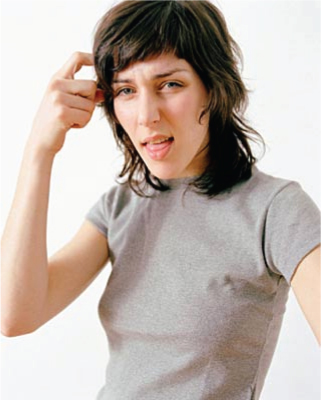
Â
Future for fashion students in apparel industry
Top managers are responsible for setting long term plans, deciding Brand policies, determine focus and direction of the company in Global fashion scenario. Usually in any big company the top level managers have more than one or two administrative assistants who support assist them in fulfilling their responsibilities. There are usually 3 levels of mangers in any dept. The front line or supervisor, middle and first line mangers report to top management. For example- The director of design would have responsibilities, where as the associate and assistant designers would be considered first-line managers, with shared responsibilities in the dept.
Following are a brief description of different types of job and structure in any Apparel Industry. All most every industry has similar structure, but depending on the production capacity and how big the company is the structure might slightly vary from company to company.
A) DESIGNER
Now there are Designers working on specialized field of design. Designers can work can choose to work in any of the fields of Fashion Design, Leather Design, Accessory Design, Textile Design, or Knitwear Design.
QUALIFICATION
Design Director/ Head Designer

Highly creative Designer who heads the design team.
Posses merchandising background, technical skills, fabric sourcing knowledge, and ability to communicate with sales.
Â
Masters in Design
Â
Masters in Fashion
Technology
B.A in Fashion
Designer

Â
Assists the Head Designer.
Â
Responsible for concepts, sketches, fabric, and trends. Oversees all aspects of a design room, including design assist.
Â
Must have strong Technical knowledge and be able to do preliminary fittings.
Â
Must be able to communicate ideas to the staff.
Â
Must know the current market and competition.
Â
Masters in Design
Â
Masters in Fashion Technology
Â
B.A in Fashion
Associate Designer

Formerly an assistant designer, but not yet ready to be a designer.
Â
Works together with the Designer on all aspects of design.
Should have technical knowledge, fabric/ trims searching skills, good aesthetic and sketching ability for presentation boards.
Â
Must have good verbal / communication, organizational skills.
Â
Masters in Design
Â
Masters in Fashion Technology
Â
B.A in Fashion
Â
Diploma in Fashion Design
Â
Diploma in Fashion Technology
Assistant Designer
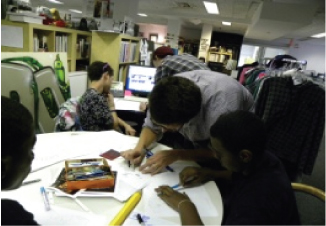
Â
An entry –level position. Most graduate or novices start of at this level.
Â
Works together with the associate designer or with the designer.
Shop trims, fabrics .
Â
Makes appointments and some time accompanies the associate designer/ designer on client meetings.
Â
Does follow up work for the designer on samples, trims, fabric, cuts etc.
Â
Assist in creating presentation boards.
Â
Should have a technical background in the studies of fashion.
Should have a clear idea about Design development process.
Masters in Design
Â
Masters in Fashion technology
B.A in fashion
Diploma in fashion design
Â
B) Merchandiser
Â
Merchandisers work with all departments in a company like management, design, production, and sales –to make sure the finish product is executed correctly done on time. The design staffs ordinary gets its direction from the merchandiser. There are different designations the merchandisers have according to their responsibilities.
Employment opportunities for merchandising majors include– Merchandiser, Visual Merchandising, Merchandise Planner, Corporate Management, Store Manager, Manufacturer’s Representative, Operations Manager, Product/Brand Manager, Sourcing Assistant, Quality Assurance, Sales Representation and Showroom Manager.
Â
Levels of Managers in Management& Merchandizing DepartmentÂ
Â
QUALIFICATION
Vice President of Merchandiser/Design

Â
Works with sales, design, and production dept.Â
Â
Conducts buy meetings and manage sample approval process, store communication and order follow-ups.
Â
Must have Technical knowledge and expertise in design, merchandising, product development, sales and production.
Â
Able to understand and identify new and upcoming trends and be knowledge of fabric source
Â
Over sea experience required.
Master in Merchandising & Management
Â
Masters in Fashion Management
Masters Fashion Technology
BFtech. (Apparel production).
Associate Merchandiser
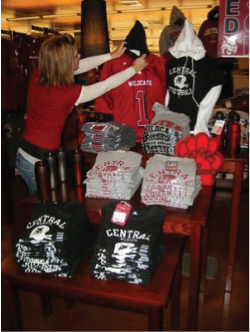
Assists the merchandiser.
Â
Must have a strong organizational, verbal, and communication skills.
Â
Should also have a good colour sense, analytical skills, and knowledge of garment construction, costing, and fabric sourcing.
Masters in Fashion Management
Masters Fashion Technology
Â
BFtech.( Apparel production)
Â
Bachelors in Fashion Design
Assistant Merchandiser

Â
Entry –level position assisting the merchandiser.
Â
Follow up communication like mails, faxes etc.
Â
Must have a strong organizational, verbal, and communication skills, as well as god colour sense and fabric knowledge.
Master in Merchandising & Management
Â
Masters in Fashion Management
Â
Masters Fashion Technology
Â
BFtech.( Apparel production)
Â
Bachelors in Fashion Design
Diploma in Fashion Design/Technology
Â
C) Fashion Technologist
Fashion technologist’s excel in understanding integrating the areas of technology and management for apparel manufacturing and develop capability to offer strategic solutions.
Â
Levels of fashion technologist in Manufacturing DepartmentÂ
Â
QUALIFICATION
Pattern maker
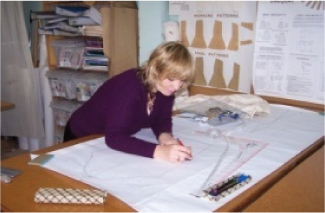
Â
Making patterns for different sizes and knowledge of grading.
Pattern making is done both manually and on computers.
Â
Knowledge of sizes for different categories (ladies, children, men’s) for different markets (UK, USA, UAE, India).
Â
Masters in Fashion Technology
BFtech.( Apparel production)
Bachelors in Fashion Design
Diploma in Fashion Design/Technology
Technical Designer/spec-tech
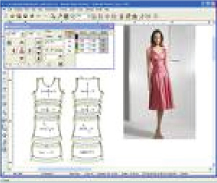
Â
Working on latest software for pattern making.
Â
Must have strong pattern making fit and grading experience.
Production development background and ability to work with key accounts essential.
Â
Masters in Fashion Technology
Fetch.( Apparel production)
Bachelors in Fashion Design
Diploma in Fashion Design/Technology
CAD/Operator

Â
Working on latest design software for designing and creating digital portfolio of the company.
Â
Must have flat sketching ability, good colour sense, and verbal communication skill.
Knowledge of various computer-aided design (CAD) systems mandatory.
Â
Bachelors in Fashion communication
BFtech.( Apparel production)
Bachelors in Fashion Design
Diploma in Fashion Design/Technology
Â
Â
D) Fashion Research & Development Professionals
A position added by some of the larger forecast companies, garment manufacturers and private level companies to assist the designer. The apparel industry has a strong need of experts in fashion research and forecasting for every merchandise category.
Â
QUALIFICATION
Colourist
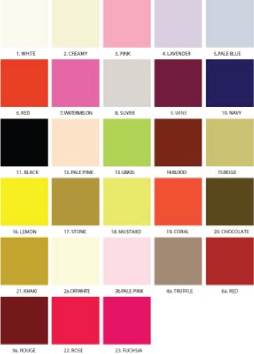
Â
Responsible for preliminary approval of lab dips, knit downs, handlooms, and strike offs to ensure that all colour match the colour standards.
Â
Must have textile knowledge and an excellent eye for colour.
Â
Masters in Design
Masters in Fashion Technology
B.A in Fashion
Bachelors in Fashion communication
Fashion Forecaster
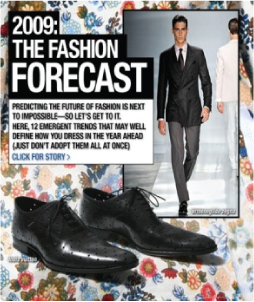
Â
Research, studying trends are forecast Fashion apparels and textiles for every seasons
Â
Must have good knowledge of changing trends.
Â
Masters in Design
Masters in Fashion Technology
B.A in Fashion
Bachelors in Fashion communication
E) Fashion Communication
Â
Fashion communication is the most important and exciting avenues in the Fashion and Lifestyle industry. With so many brands, companies, designers showcasing their products and reaching the customers, it has become essential for them to develop a unique brand identity and maximise its visibility. The fashion communication professionals excel in extending the design strategy beyond the domain of the product, to include all aspects of communication design. The professionals specialize in the areas of visual merchandising, exhibition and display design, fashion journalism, styling, photography, advertising and public relations.
Â
QUALIFICATION
Fashion Stylist
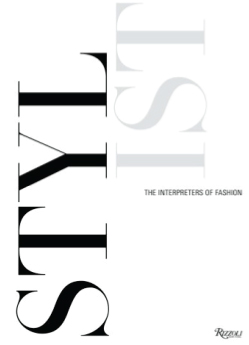
Â
A stylist is an expert who uses art and science to make people and objects look good in order to make a statement.
Â
Should have a good aesthetic sense.
Knowledge of Fashion international trends
Â
B.A in Fashion
Bachelors in Fashion communication
Fashion Photographer

Â
Conducting photo shoot of garments, collections for Design houses, Designers, Magazine, Portfolio.
Â
With the knowledge of still shooting traditional film on location, a fashion photographer should have up-to-the minute knowledge of digital workflow from capture to post production with everything being available to clients ‘in-house.
Â
Courses in photography
Bachelors in Fashion communication
Fashion Journalist

Â
Writing articles on current Fashion events, fashion designers, brands etc.
Â
Knowledge of History of Costume, Fashion forecast, Fashion trends, Fashion Designers and their work.
Â
Fashion journalism
Bachelors in Fashion communication
Fashion Editor
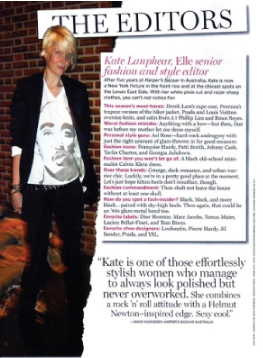
Â
Selecting articles and planning for publishing of Fashion Magazines
Â
Masters in Design
Masters in Fashion Technology
B.A in Fashion
Bachelors in Fashion communication
Leading national and international companies participate in Campus Placements to recruit fashion professionals. Other than campus interviews many of the companies give their advertisement in most of the job hunting sites on net (Glamcheck.com, naukri.com, monster.com, times job .com. and also in local and national newspapers.
So if you have and niche for design and the willpower to work hard and then the fashion job market has lots job opportunities waiting for you. So what are you waiting for go and enrol yourself to the nearest Fashion Institution.
